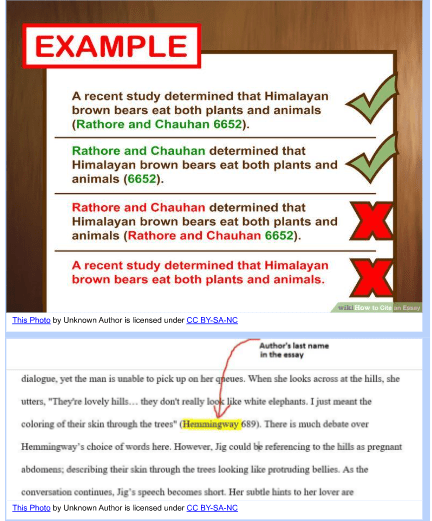There are many different types of citation styles, and each one has its own set of pros and cons. In this blog post, we will be discussing MLA citation: what it is, how to use it, and the pros and cons of using it in your academic work. Keep reading to learn more!
1. What is MLA Citation Style
MLA citation style is a system for documenting sources in scholarly writing. Based on the guidelines set forth by the Modern Language Association, this style is most commonly used in the humanities, particularly in English literature. When using MLA style, scholars must give credit to the sources they have used in their research. This is done by creating a Works Cited list at the end of their paper.
Each entry in the Works Cited list must include all of the information needed for a reader to find the original source. This includes the author’s name, the title of the work, and publication information. In addition, mla style requires the use of in-text citations. Whenever a scholar uses a quote or paraphrase from another source, they must insert an in-text citation. This citation includes the author’s last name and the page number where the quote can be found. By following these guidelines, scholars can ensure that they are giving proper credit to their sources and avoiding plagiarism.
2. How to Use MLA Citation in Your Paper
MLA style is very often used to write essays and cite various sources within the humanities and liberal arts spectrum. This resource, updated to reflect the MLA Handbook (8th ed.), offers examples for the general format of MLA research papers, in-text citations, endnotes/footnotes, and the Works Cited page.
According to this style, you should have a Works Cited page at the bottom of your research paper. All entries in the Works Cited page must correspond to the sources cited in your text (don’t include sources that you haven’t cited in your paper!). To make this process easier, create a citation as you write each source on a separate index card.
Then, when you are ready to create your Works Cited page, just organize the information from each card into alphabetical order by author last name. Finally, don’t forget to include all of the required information for each type of source (e.g., author name, article title, website name, date of publication).

In MLA style, in-text citations generally appear just after the sentence or clause in which you are referencing a source. The citation includes information about the source (e.g., author name, article title) so that readers can find the full citation in your Works Cited list.
For example: “Smith argues that blah blah blah” or “According to Smith, blah blah blah.” Don’t forget to include page numbers (if available) so that readers can easily find the relevant passage in the source. Finally, if you are including a direct quotation in your paper, be sure to enclose the quotation marks and include information about the source (e.g., author name, page number).
MLA style also provides guidelines for formatting endnotes and footnotes (which appear at the end of your paper) and for creating a bibliography (a list of all of the sources that you have used in your research). Just remember that each entry in your Works Cited page must correspond to a source listed in your text, so be sure to include all relevant information for each source.
3. The Pros of Using MLA Citation
There are many benefits to using this system, including the fact that it: 1) ensures that all sources are properly credited, 2) allows readers to easily find the original source material, and 3) provides clear guidelines for how to cite various types of sources. While some may find the MLA citation format to be restrictive, it is actually quite flexible and can be used to cite a wide range of sources. In addition, MLA citation is relatively easy to learn and use.
4. The Cons of Using MLA Citation
First, it can be difficult to remember all of the required elements for each type of source. Second, it can be time-consuming to look up all of the necessary information for each source. Finally, it can be easy to make mistakes when putting together the citations.
5. Which Style Is Right for You
MLA is typically used for humanities papers, while APA is more commonly used in the social sciences. Chicago is often used in history and business. However, ultimately the decision is up to you. If you’re not sure which style to use, ask your instructor or consult a style guide. Whichever style you choose, be sure to follow the rules and guidelines carefully to ensure that your paper is properly cited.
Conclusion
Before you decide to use MLA citation in your paper, be sure to weigh the pros and cons. Consider your audience and the purpose of your paper to decide which style is right for you. Whichever style you choose, be sure to follow the rules and guidelines carefully to ensure that your paper is properly cited.


